Home Hi-Tech Android World ,,,,,
Sport is increasingly technological: today practically anyone who trains has some type of sensor on him, from the chest strap to the smartwatch: Polar OH1 fits perfectly into this perspective, replacing ideally a smartwach for those who cannot or do not love this last type of device in many physical activities, with or without a smartphone below.
The basic idea, it seemed to us, is that not everyone loves a smartwatch, and when they do it may not be a sports model, but it may be the case that sport in particular does not offer ideal conditions for wearing something on the wrist (boxing, rafting, cycling), where OH1 on the other hand is very effective.
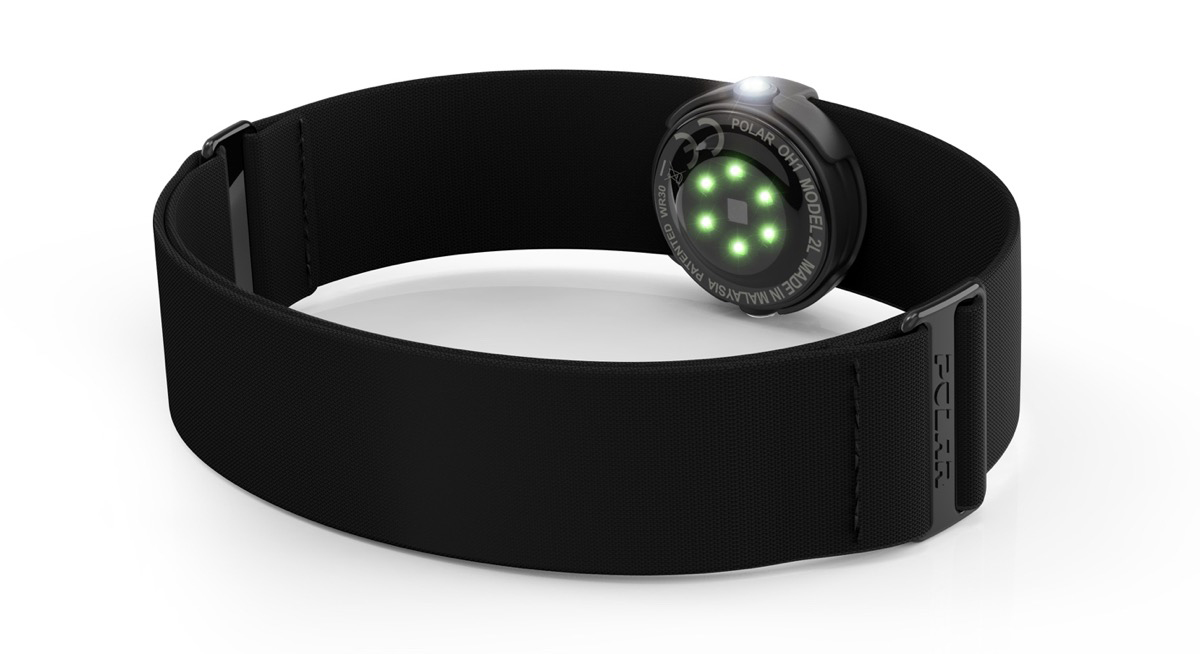
Polar OH1, first steps
Polar OH1 is very small: just 29.85 mm in diameter by 9.5 mm in height, for a weight of 5 grams, to which the 12 grams of the band are added: taken out of the box and examined the first time, we immediately suspected that during physical activity we would lose it, a fear that later revealed itself unfounded because the attachment to the band is firmly fixed and among other things the sensor is compressed between the arm and the band, so even without the attachment it is difficult to remove in an involuntary movement.
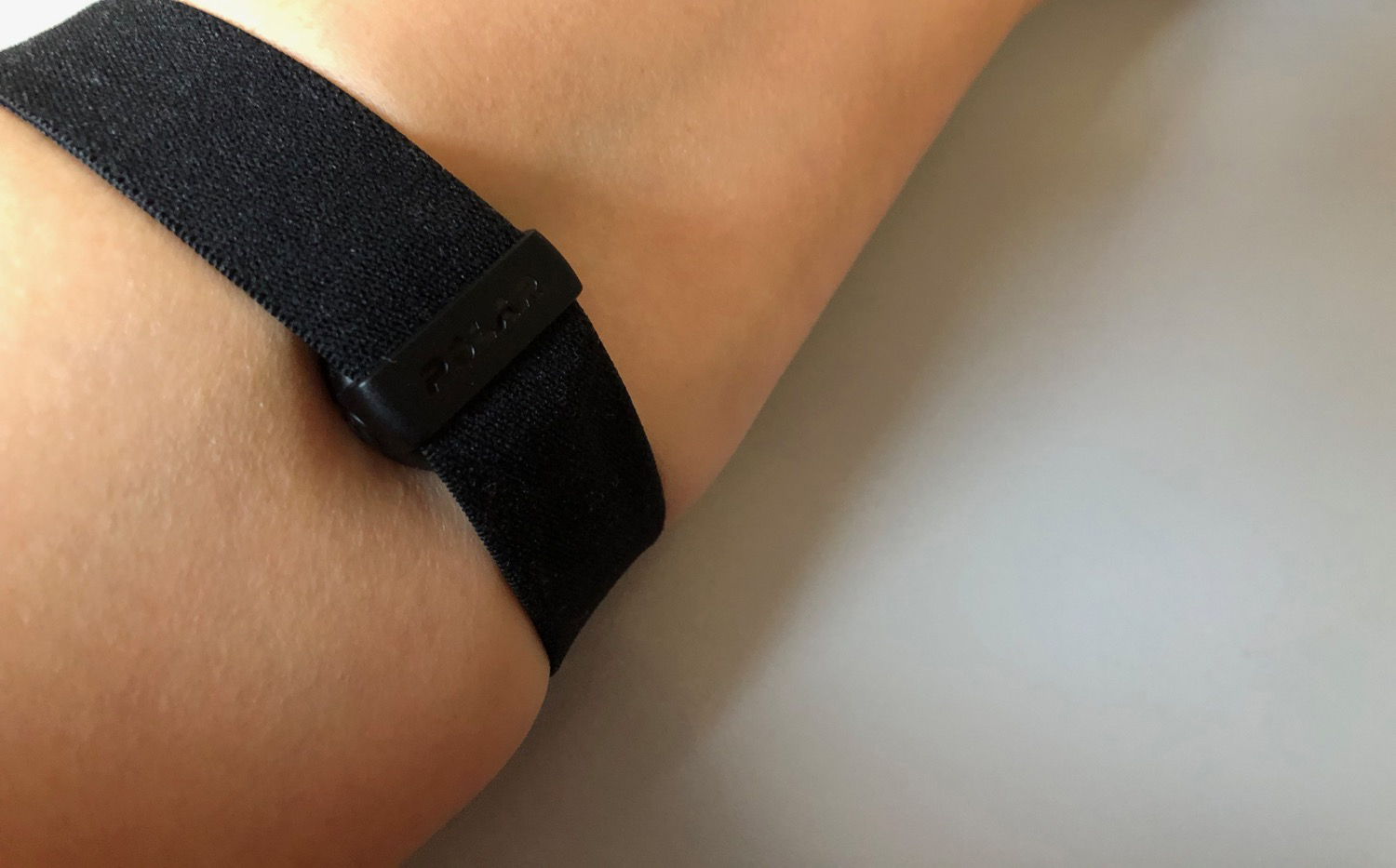
The first time you need to fully recharge it, connected to a cradle with USB-A connector (users who only have a MacBook or MacBook Pro with USB-C must equip themselves with an adapter, here an article on the best on the market) and download the software for Mac.
During the first reload, the software checks the status of the updates and, as in our case, linearization of the firmwa internal re with the last state, an operation that is carried out in total autonomy.
As soon as it is connected, the LED lights up indicating the charging state: the color and the lighting rhythm of the LED are used to give a feedback to the user of the OH1 sensor status during the activity, which at first confuses a little but after a few days everything becomes clearer and in any case not strictly necessary for a correct use of the sensor.
After the first phase, which we have performed from Mac (but which can also be done very well from a smartphone via the App) and once the LED light turns green (indicating full charge) we are ready to use it.
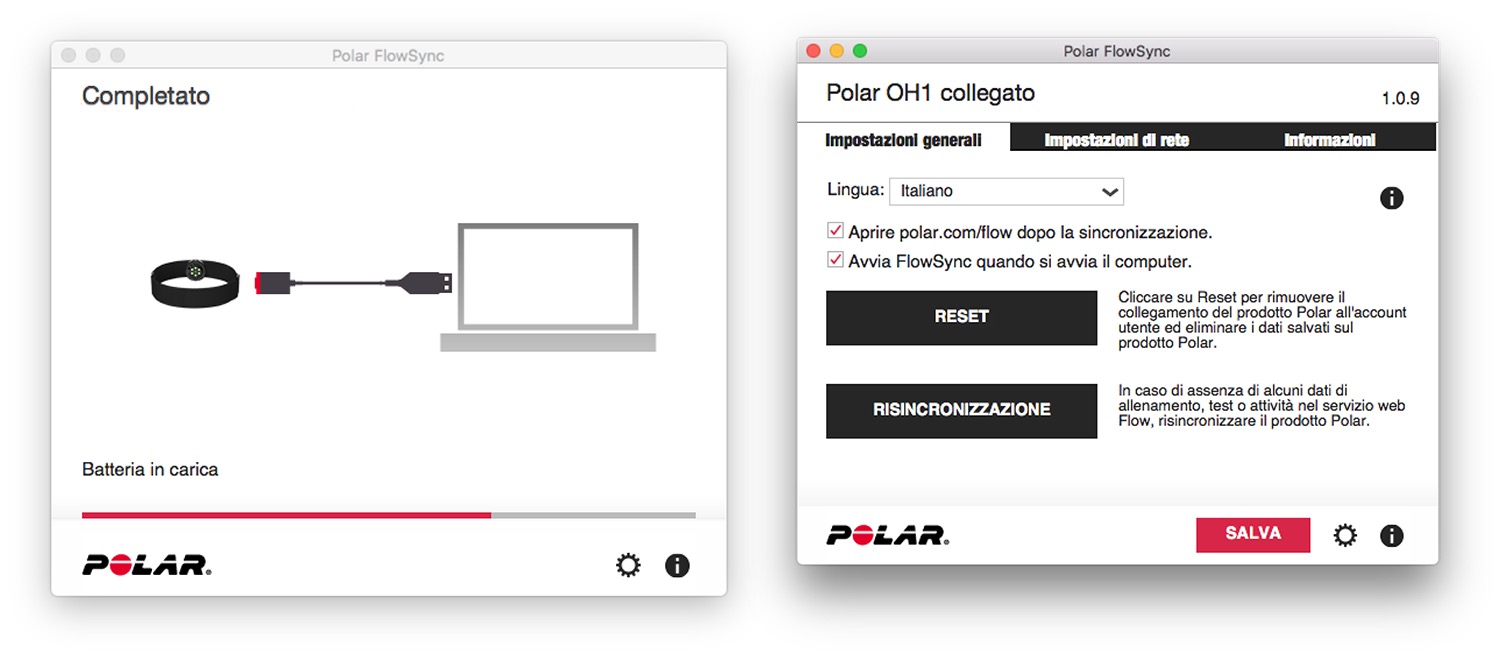
The elastic band is comfortable and you wear it alone, the positioning is apparently free in the arm or in the forearm, as long as you leave the sensor (with the green LED lights in contact with the skin) in an area where the blood flow is greater, since the control on the heartbeat starts It is precisely by controlling the variations in pressure.
Once worn, even before starting the activity, by activating the Polar Beat App it immediately indicates the heartbeat in real time, waiting for the start of the actual activity, operation to be done manually by choosing the activity among the many proposals.
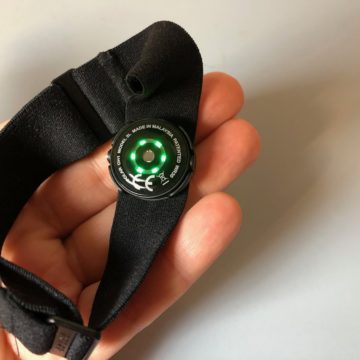
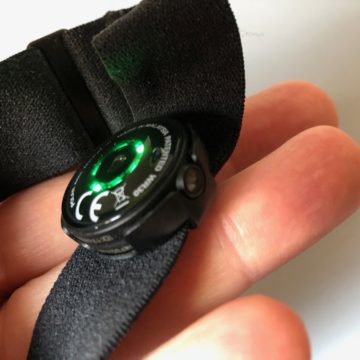
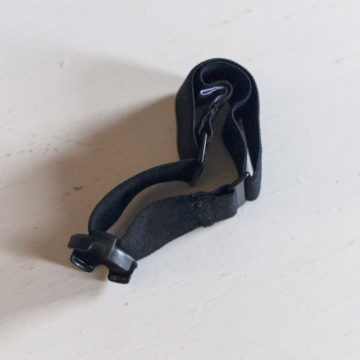
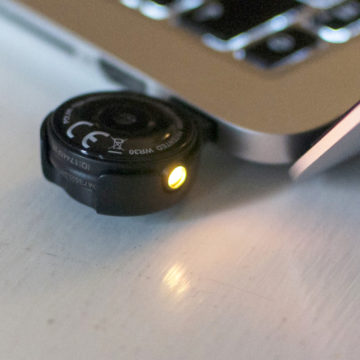
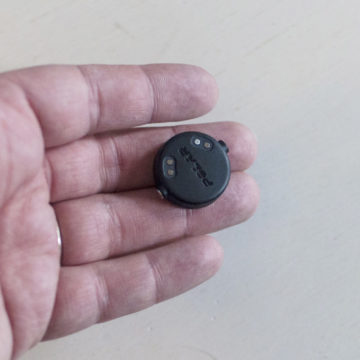
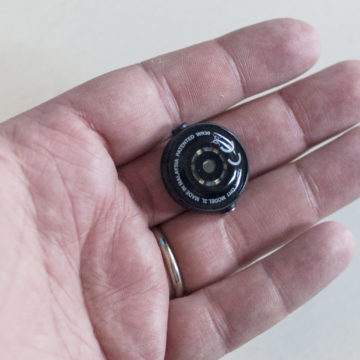
Ready go
In the first hypothesis, with the smartphone paired via Bluetooth, the data detected are however greater: for example, the position is recorded via GPS (in some indoor activities this function is obviously disabled) which the system can then cross with the v ventilation of the beats identifying the effort with the speed, which offers a much more complete picture, in addition to the fact that the App returns some data in the headphones in real time, such as the data at KM for the run.
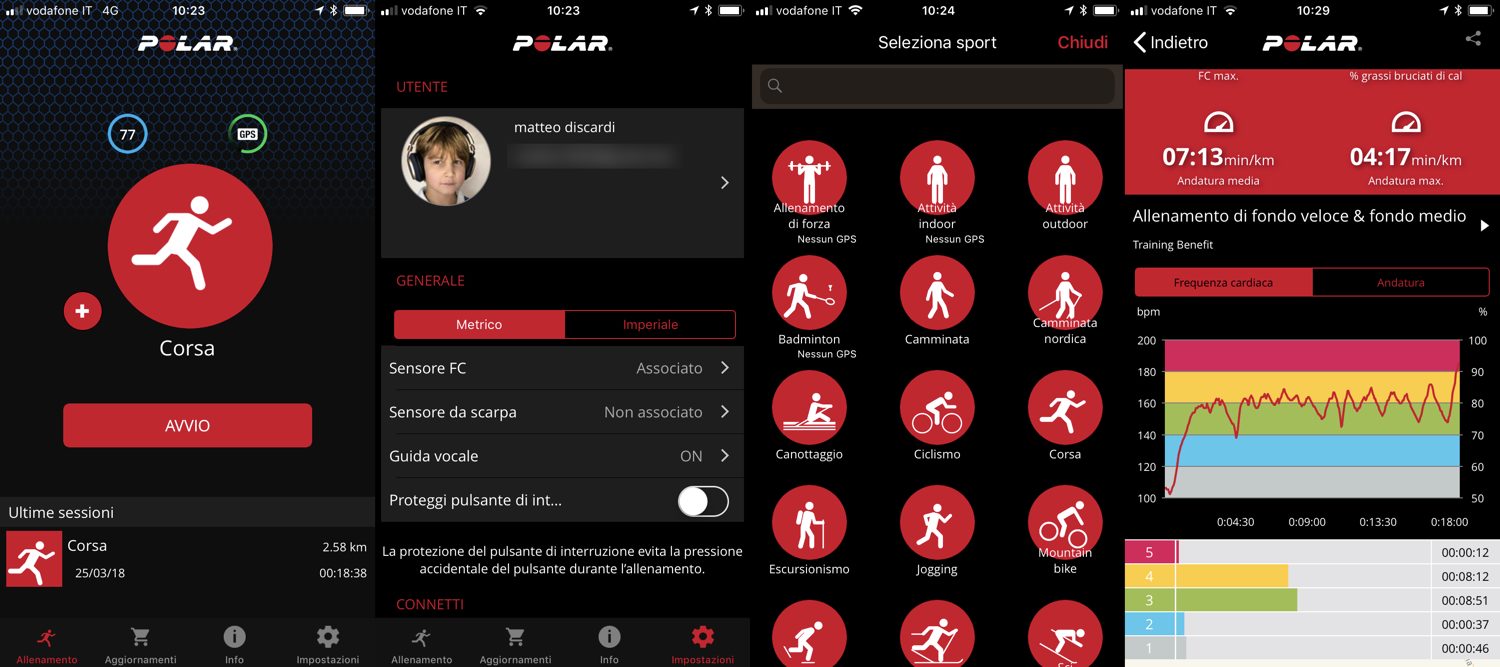
We compared the data on two activities with another player, noting that the pace is compliant in both measurements, with different peaks (186 beats versus 167 in the Polar OH1 at the maximum point), a delta which is probably due to both the different measurement technology and the positioning of the sensor (between the arm and the wrist).
We also noticed slight differences in the use of the GPS sensor, but here to point to our iPhone 8 which, positioned in the pouch, perhaps has undergone some scrolling too many and has detected a road instead of a 'other but only on one occasion.
Everything can then be consulted directly from the Polar Beat App or even from Polar Flow, which basically acts asa diary (but if you have the possibility consult the data via the web which is much better).
The battery life, estimated at 12 hours of training, is well weighted for the range of users a for which it is intended (if you do more than 12 hours of continuous training you need other equipment) and all in all even in stand-by it was good, since we carried out two sessions three days apart without recharging.

A good solution
For those who do sports, the OH1 solution represents a good point of reference: the combination with a smartphone offers a complete user experience, but the sensor does its job even alone, albeit with some data less, on the other hand the sensor is waterproof and also suitable for sports where watches are not well seen.
The price is very affordable and the performance well calibrated, we see it suitable for sportsmen occasional but also those who want a little more, but it is also a beautiful gift for those who take long walks and have never thought of checking the performance.
Pro :
Against:
Price
Polar OH1 can be purchased at 79.90 Euros including VAT. It is also available on Amazon.
,,




